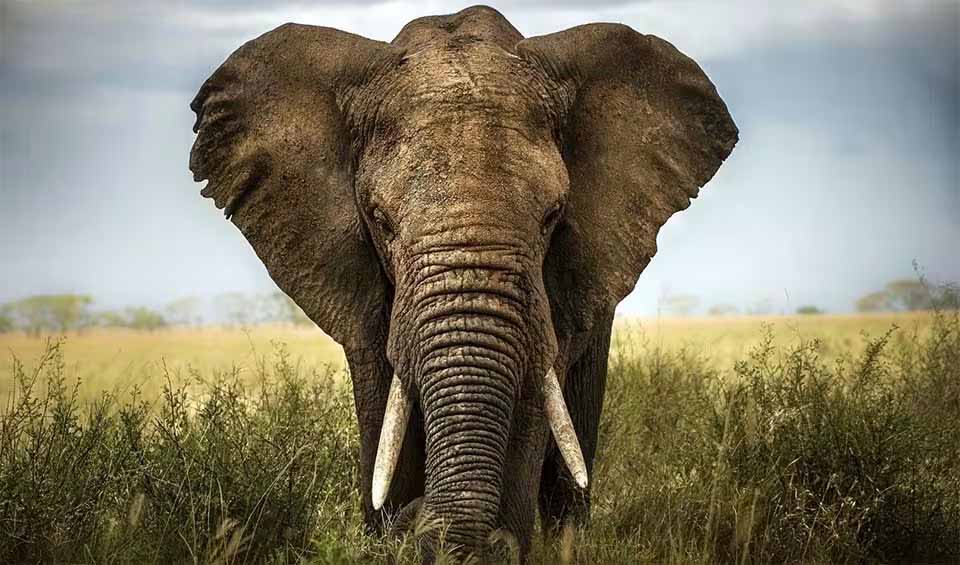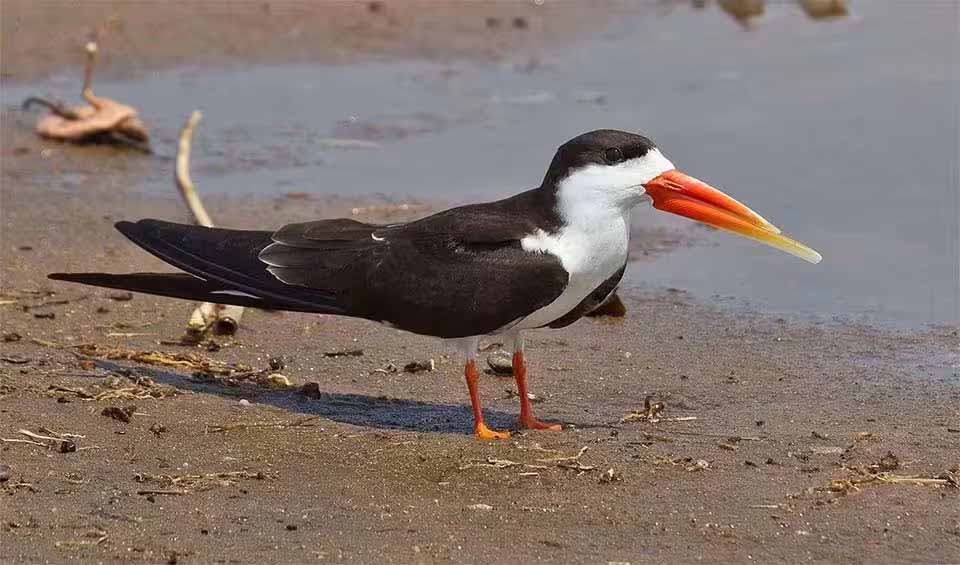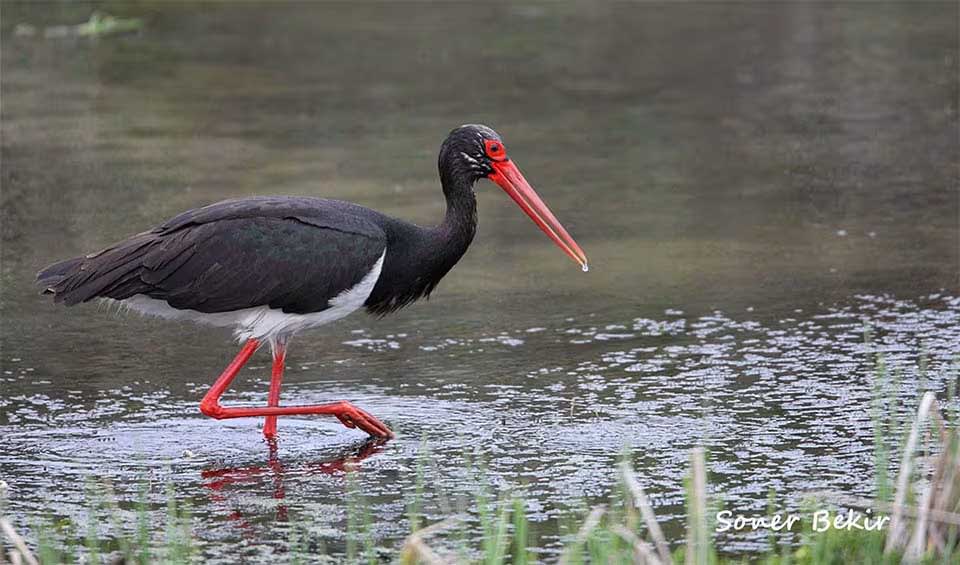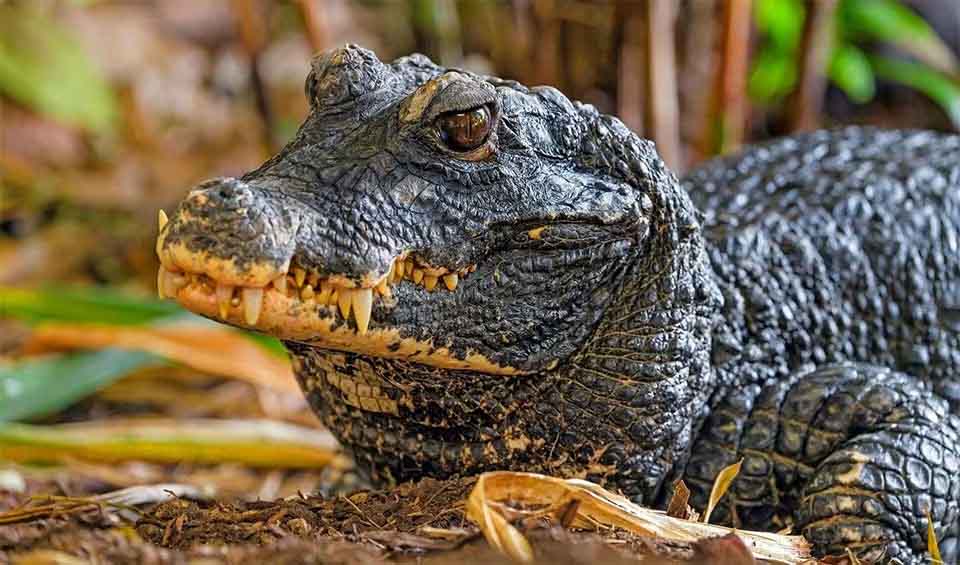Equatorial Guinea, located on the west coast of Central Africa, is one of the smallest countries in Africa but rich in biodiversity and cultural diversity. It comprises a mainland region, Río Muni, and several islands, including Bioko, where the capital, Malabo, is located, and Annobón, a small island in the Atlantic Ocean. The country’s geography is diverse, featuring volcanic landscapes, rainforests, and coastal mangroves. Bioko Island, originally a volcanic island, is home to the country’s highest peak, Pico Basile.
Equatorial Guinea’s rainforests are part of the Congo Basin, making it one of Africa’s most biologically diverse areas. It hosts a variety of wildlife, including endangered species such as the drill and the central chimpanzee. The country’s varied ecosystems support numerous endemic species, particularly on the offshore islands. For example, Bioko Island has unique species of monkeys and birds that are not found anywhere else in the world.
Four pillars elaborated:
Burkina Faso features an extensive network of over 108 protected areas, spanning roughly 24,000 km² (9,266 mi²) These areas include a mix of ecosystems such as savannas, forests, and wetlands, which are vital for a diverse array of wildlife. The country’s protected zones consist of national parks, reserves, and classified forests. Prominent among these are the W National Park, recognized as a UNESCO World Heritage Site, and the Kaboré-Tambi National Park, known for its elephants. Reserves like the Nazinga Game Ranch and the Arly-Singou Reserve are critical for protecting species such as various antelopes and lions. With more than 64 classified forests, these sites are essential for conserving biodiversity, safeguarding watersheds, and supporting local communities by providing sustainable resources. Land Management
Land Management
Burkina Faso’s biodiversity faces significant threats primarily due to escalating deforestation rates at 4% annually, diminishing freshwater bodies and wetlands, and declining agricultural yields. Severe droughts and detrimental human activities have notably degraded agricultural soils. Additionally, climate change poses a major threat to agro-biodiversity, prompting farmers to favor adapted crop varieties and species over local ones, which often possess substantial genetic diversity. Threats to Biodiversity
Threats to Biodiversity
Burkina Faso’s approach to protecting biodiversity is supported by a series of national strategies and action plans that align with both local and international commitments. Key among these is the National Biodiversity Strategies and Action Plans (NBSAP), initiated in 2001 and revised in 2010. This plan aims for sustainable management of the country’s natural resources by 2025, focusing on increasing agricultural production, protecting natural resources, fulfilling the needs of the population, and improving environmental quality. Capacity and Governance
Capacity and Governance
Additional efforts include the National Strategy for the Sustainable Management of Fisheries Resources, which aims to develop the country’s fishing industry responsibly, and the National Sustainable Development Policy, which sets guidelines for sustainable development. Burkina Faso has also updated several laws to support these goals, such as those related to the environment, forestry, and water management. These initiatives are managed by multiple government ministries, ensuring a coordinated effort across various sectors.
Burkina Faso plays a crucial role in the “Great Green Wall” initiative, aiming to restore 100 million hectares (1 million km²) of degraded land, sequester 250 million tons (250 billion kg) of carbon, and create 10 million green jobs. With the largest intervention area of 13.3 million hectares (133,000 km²), the country focuses on increasing resilience to climate change and enhancing land restoration. The project prioritizes activities that reduce erosion, preserve soil fertility, and promote the sustainable use of non-timber products. Additionally, it supports income-generating activities for women, helping to ensure food security for families. Future Trends
Future Trends
Biodiversity
The majority of Burkina Faso’s landscape consists of savannas and grasslands, which are home to a wide array of wildlife. The Sahelian and Sudanian savannas are characterized by grassy plains interspersed with trees such as acacias, baobabs, and shea trees. These ecosystems support species such as elephants, buffalo, antelopes, and various species of birds. The savannas are also home to predators like lions, leopards, and cheetahs. Protected areas like the Arly-Singou complex and the W-Arly-Pendjari (WAP) complex, which Burkina Faso shares with Benin and Niger, are crucial for the conservation of these species.Burkina Faso has several types of forests, including gallery forests along rivers and patches of dry deciduous forests. These forests are home to a variety of plant and animal species, including primates, reptiles, and numerous bird species. The Nazinga Game Ranch, a protected area in the southern part of the country, supports diverse wildlife, including elephants, antelopes, and warthogs, and is an important site for ecotourism and conservation.
In the table below are the number of known species in several main groups, how many of these species are Threatened with extinction, and how many of them are Endemic (unique to Burkina Faso only):
| Species (World rank) |
Threatened | % Threatened | Endemic | % Endemic | |
|---|---|---|---|---|---|
| Mammals | 140 (#82) | 9 | 6.4% | ||
| Birds | 453 (#76) | 15 | 3.3% | ||
| Reptiles | 83 (#100) | 3 | 3.6% | ||
| Amphibians | 23 (#89) | 5 | 21.7% | ||
| Fishes | 122 (#177) | 3 | 2.5% | 3 | 2.5% |
| Plants | 2,909 (#124) | 89 | 3.1% | 2 | 0.1% |
mammals
African bush elephant
Size matters! The largest of the three elephant species and the largest extant terrestrial creature on our planet
Cheetah
Racing to extinction: historically ranging throughout Africa to India, now distributed in small, fragmented populations
Green monkey
Covered in thick golden fur with a touch of green, which is how they get their common name
birds
Lappet-faced vulture
The African giant vulture has a wingspan up to 2.80 m (9 ft) wide
African skimmer
Global Warming got nothing on this bird
Black stork
The stork with the widest geographic range
reptiles
Dwarf crocodile
Timid nocturnal with broad snouts native to Africa, they are the smallest of all crocs
Black mamba
Africa’s most feared snake that would inevitably evoke reactions of fear by just its looks
African spurred tortoise
This giant is the largest African and third of all the tortoises on earth













